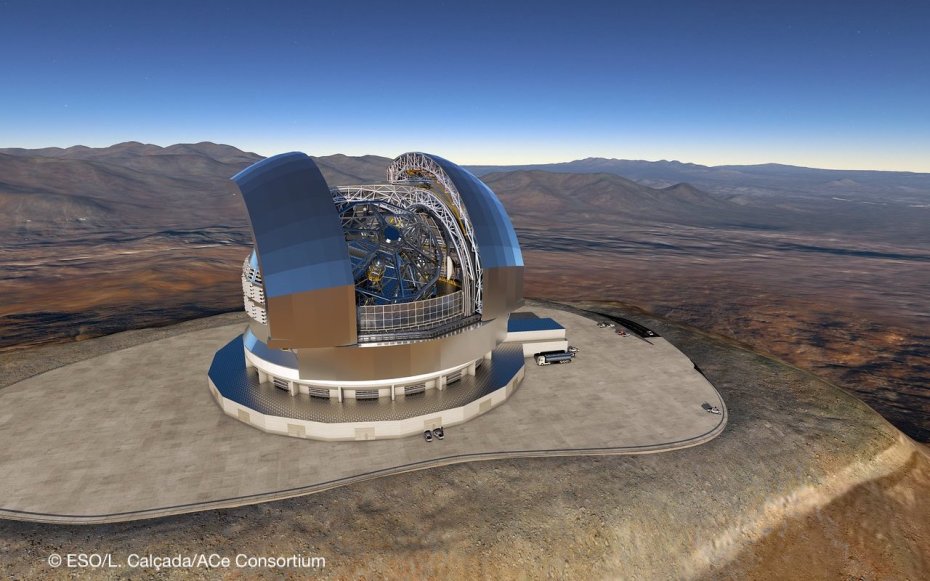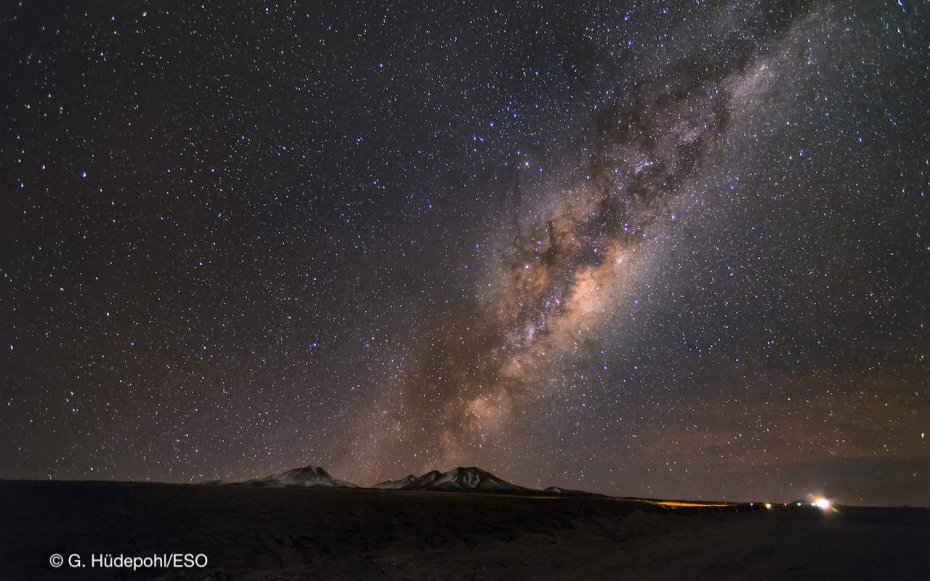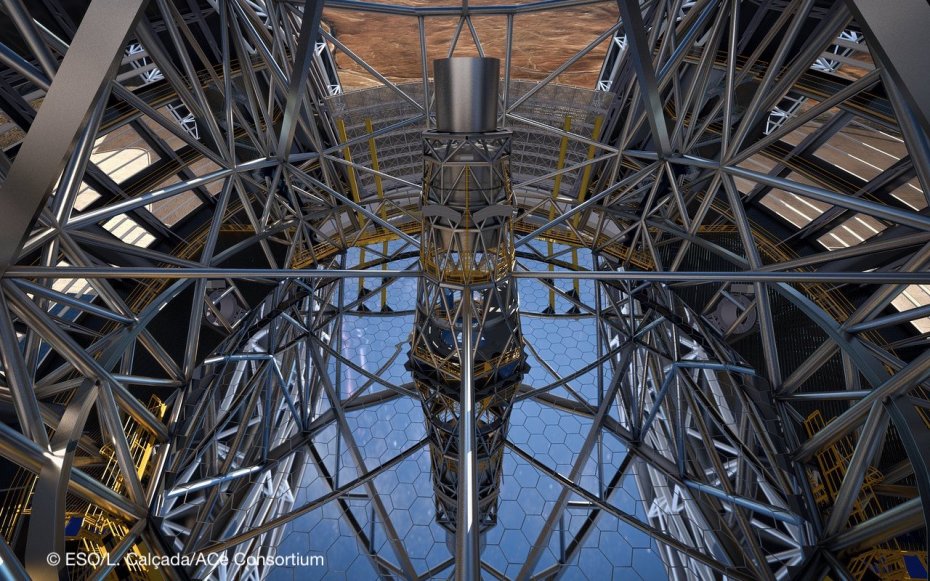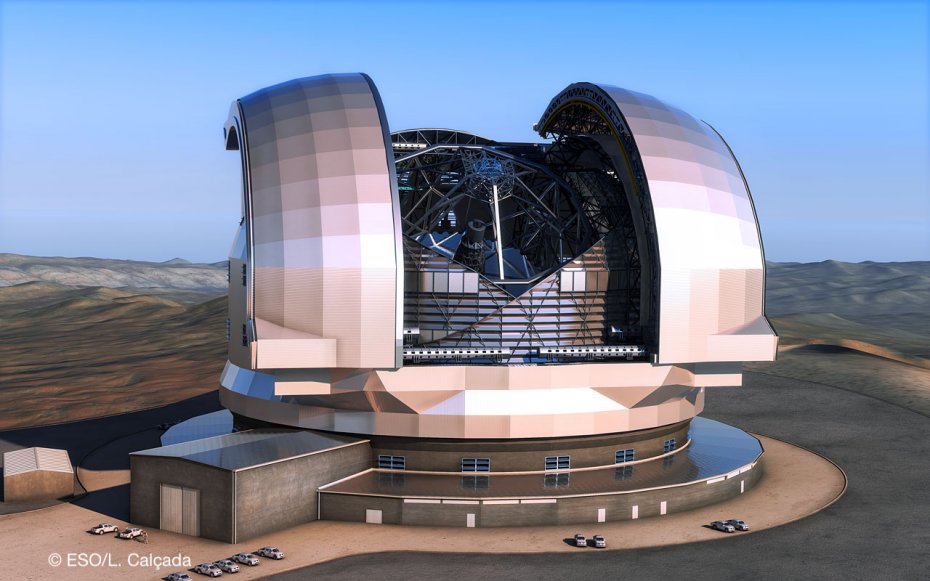European Southern Observatory
Building a mirror coating facility in the Chilean Atacama desert for the largest telescope on earth. Are we alone in the Universe?
About project
Designing, manufacturing, onsite assembly and commissioning of three coating plants for applying the reflective surfaces for all the mirrors of the European Southern Observatory (ESO) Extremely Large Telescope (ELT). The succesful completion of this project is critical to the success of the ELT and will help advance our understanding of the universe
Client situation
ESO is building an Extremely Large Telescope with a 39-metre primary mirror, composed of 798 hexagonal segments that precisely steer the captured light to the focal point. Once completed in the second half of this decade, it will be the “world’s biggest eye on the sky” for the visible/near infrared, measuring about half a football field and collecting 13 times more light than the largest optical telescopes operating today.
To capture the maximum amount of light from the sky, the mirrors need to reflect it in optimum conditions. Therefore, the mirrors need to receive a new protected silver coating every two years to keep the images crystal clear. These coating operations are required due to harsh climate conditions like sandstorms that are liable to affect the silver layers of the mirrors.
The suggestion of solution
To fine-tune the process recipe for the protected silver-based mirror coating, AGC conducted several coating campaigns at their AGC Technovation Center in Gosselies, Belgium, and the Demonstration and Research Center in Lauenförde, Germany. These campaigns involved testing the coating under various conditions and checking its optical performance and durability.
In addition to developing the coating recipe, AGC's engineering department designed state-of-the-art coating plants based on AGC’s long experience with glass coating equipment. These plants are designed to apply the coating in a controlled environment, ensuring that the coating is applied evenly and consistently to achieve the desired reflective properties.
Results
AGC will manufacture and install a total of three magnetron sputtering machines at the Paranal Observatory in Chile. The first two machines will be used for the initial coating and maintenance of 931 segments of roughly 1.4 meters hexagonal shape for the primary mirror of the ELT. The third machine will be used for the large M2 through M5 mirrors, which are up to 4.2 meters in diameter. The third machine is currently under construction in Lauenförde.
What have we achieved?
AGC's vacuum coating machines have successfully achieved a high level of reflectivity on the hexagonal segments of the primary mirror for the ELT. The reflectivity values of 82% at 400 nm up to 98% at 1000 nm indicate a high-quality coating process. AGC implemented efficient solutions to address an outgassing challenge caused by the necessary introduction of the complex mirror support assembly into the coater. As a result of this novel solution, the installation reaches a base pressure of 2 x 10-7 mbar. A customized AGC-designed optical quality control station for measuring reflectance on all positions of a mirror segment is a valuable addition to the coating plant as it ensures the quality of the coated segments.
- Two coaters for coating concave mirror segments delivered at Paranal site
- One coater for coating single piece circular mirrors with diameter up to 4.5 meters under construction
- An optical quality control station delivered together with the coaters to verify reflectivity over entire mirror surface.
- Equipment designed with special emphasis of the integrity of unique and extremely valuable substrates.
How does the client evaluate our solution?
AGC proposed coating machines based on existing technology. They have proven their efficiency.




